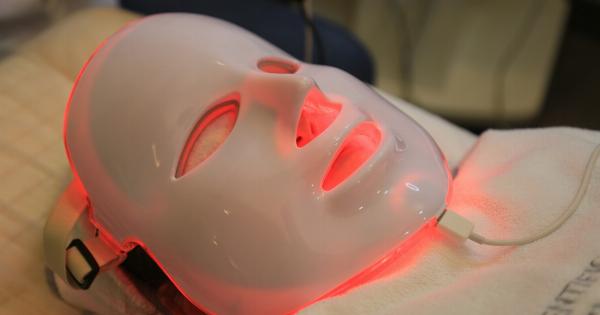The quest for the Fountain of Youth has captivated humans for centuries, leading to numerous attempts to find ways to slow down or reverse the aging process.
While there is no magic solution to staying forever young, recent advancements in anti-aging research have shown promising results. In this article, we will discuss two critical developments in the field of anti-aging: the advent of anti-aging pills and their potential to extend human lifespan.
The Promise of Anti-Aging Pills
Imagine a world where aging is no longer accompanied by a decline in physical and cognitive abilities. Anti-aging pills aim to make this a reality by targeting the fundamental processes that drive aging and age-related diseases.
Development 1: Telomerase Activation
Telomeres, the protective caps at the ends of our chromosomes, play a crucial role in aging. Each time our cells divide, telomeres shorten, eventually leading to cellular senescence and age-related diseases.
However, the discovery of telomerase, an enzyme that can lengthen telomeres, holds immense potential for anti-aging intervention.
Researchers have been studying various ways to activate telomerase and prevent telomere shortening. Several compounds, such as TA-65 and cycloastragenol, have shown promising results in early-stage studies.
These compounds can potentially elongate telomeres and delay the aging process.
Development 2: Senolytics
Senescence, the process by which cells lose their ability to divide and function properly, is another hallmark of aging. Accumulation of senescent cells in our tissues contributes to age-related diseases and functional decline.
Senolytics, a class of drugs that can selectively eliminate senescent cells, represent a significant breakthrough in anti-aging research.
Rigorous studies on animal models have demonstrated the benefits of senolytic drugs in delaying age-related pathologies. These drugs target specific molecules and pathways that are vital for the survival of senescent cells.
By eliminating these cells, senolytics can potentially rejuvenate tissues and extend healthy lifespan.
Challenges and Future Directions
While the potential of anti-aging pills is exciting, there are several challenges that need to be addressed before they become widely available:.
1. Safety and Efficacy
As with any new class of drugs, safety and efficacy are of paramount importance. Extensive preclinical and clinical trials are necessary to ensure that anti-aging pills are safe, well-tolerated, and truly effective.
2. Regulatory Approval
Bringing anti-aging pills to the market requires stringent regulatory approval. The governing bodies need to assess the scientific evidence, determine the appropriate target population, and establish guidelines for usage.
3. Ethical Considerations
The potential benefits of anti-aging pills raise several ethical questions. Issues such as access, affordability, and equity of distribution need to be carefully addressed to avoid exacerbating societal inequalities.
4. Combination Therapies
Aging is a complex process influenced by various factors. It is unlikely that a single pill will be a panacea for all aspects of aging.
Combination therapies, incorporating multiple interventions, may hold the key to maximizing the benefits of anti-aging pills.
The Future of Anti-Aging
As research in anti-aging progresses, it is important to approach the topic with both optimism and caution.
While the development of anti-aging pills holds tremendous promise, it is crucial to manage expectations and recognize that they are not a shortcut to immortality.
Investing in a healthy lifestyle, including regular exercise, a balanced diet, and stress management, remains the cornerstone of healthy aging.
Anti-aging pills, if proven safe and effective, could be a valuable addition to our arsenal in the battle against aging, but they should complement, rather than replace, a holistic approach to well-being.
Conclusion
The two critical developments discussed in this article, telomerase activation and senolytics, represent significant strides in the field of anti-aging research.
While challenges lie ahead, these advancements bring us closer to a future where aging is no longer synonymous with decline. By understanding and targeting the underlying mechanisms of aging, scientists are paving the way for a healthier, more vibrant aging population.






























